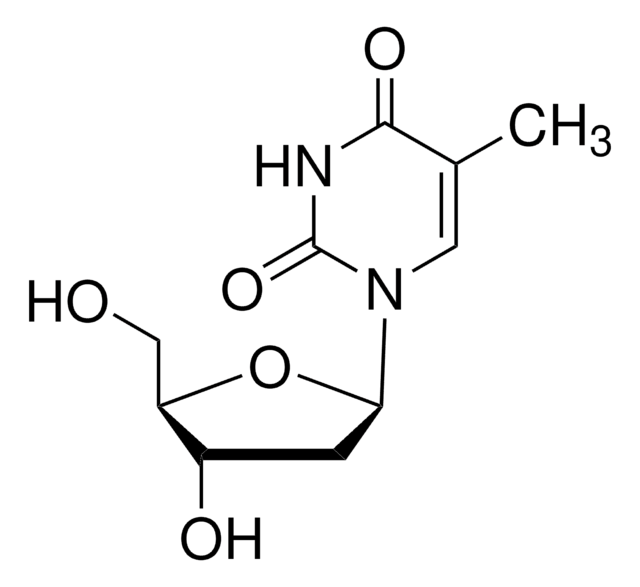L1148
Latex beads, deep blue dyed
0.055 μm mean particle size, aqueous suspension, solids 10 %
Sign Into View Organizational & Contract Pricing
All Photos(1)
About This Item
Recommended Products
form
aqueous suspension
composition
solids, 10%
mean particle size
0.055 μm
Looking for similar products? Visit Product Comparison Guide
Application
Latex beads have been used to study the regulation of primary mesenchyme cell migration in the sea urchin embryo and to gain a better understanding of the role of ecto-NAD+ glycohydrolase, an enzyme predominantly associated with phagocytic cells. Latex beads have also been used to develop a new technique for measuring the plaque-forming cell (PFC) responses to bacterial antigens.
Features and Benefits
Dye incorporated into beads, not surface-linked
Storage Class Code
12 - Non Combustible Liquids
WGK
WGK 3
Flash Point(F)
Not applicable
Flash Point(C)
Not applicable
Certificates of Analysis (COA)
Search for Certificates of Analysis (COA) by entering the products Lot/Batch Number. Lot and Batch Numbers can be found on a product’s label following the words ‘Lot’ or ‘Batch’.
Already Own This Product?
Find documentation for the products that you have recently purchased in the Document Library.
Gary G Martin et al.
The Biological bulletin, 211(3), 275-285 (2006-12-21)
Peritrophic membranes (PTMs) are secreted acellular layers that separate ingested materials from the gut epithelium in a variety of invertebrates. In insects and crustaceans, PTMs are produced in the midgut trunk (MGT, or intestine), but the MGT in decapod crustaceans
C A Ettensohn et al.
Developmental biology, 117(2), 380-391 (1986-10-01)
After their ingression, the primary mesenchyme cells (PMCs) of the sea urchin embryo migrate within the blastocoel, where they eventually become arranged in a characteristic ring-like pattern. To gain information about how the movements of the PMCs are regulated, a
C D Muller et al.
Biology of the cell, 68(1), 57-64 (1990-01-01)
In order to gain a better understanding of the role of ecto-NAD+ glycohydrolase, an enzyme predominantly associated with phagocytic cells, we have studied its fate in murine macrophages (splenic, resident peritoneal and Kupffer cells) during phagocytosis of opsonized on mannosylated
O Bagasra et al.
Journal of immunological methods, 49(3), 283-292 (1982-03-26)
A new latex bead technique for measuring the plaque-forming cell (PFC) responses to bacterial antigens is described. This technique has been designed for the study of antigens that cannot be readily coated onto SRBC but may also used for antigens
Our team of scientists has experience in all areas of research including Life Science, Material Science, Chemical Synthesis, Chromatography, Analytical and many others.
Contact Technical Service
